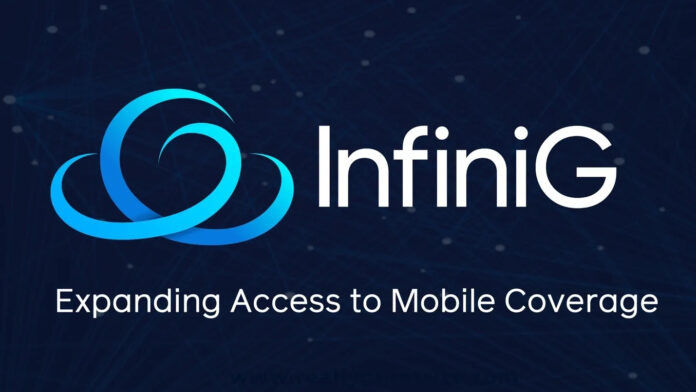The neutral host market is hotting up in the US, suddenly. Following on the heels of Celona’s tie-up with T-Mobile on extending public 4G-LTE coverage with its equipment into the CBRS band, US-based indoor connectivity specialist InfiniG has announced a double-deal with T-Mobile and also AT&T to offer the same. And words have been exchanged. Where Celona called itself the only “end-to-end” neutral host system, or words to that effect, and also criticised cut-and-shut “frankenstein” offers from rivals, InfiniG said it is the only one offering a “true” neutral host service with more than one tier-one carrier partner.
Joel Lindholm, founder and chief executive at InfiniG, commented: “We are excited to introduce the industry’s first true neutral host service with multiple tier-one mobile operators that is set to redefine the industry. Our collaboration with the mobile operators, enterprises, commercial real estate owners, and partners has birthed an innovative new model.” By contrast, Celona, which claims an easy plug-and-play neutral-host service comprising all of its own parts, said it expects to be able to offer AT&T coverage via its CBRS system by the middle of next year, and Verizon by the end of 2024. Celona has stated its ambition to take the service overseas.
InfiniG, a founding member of the OnGo Alliance, is partnering with Airspan for radio access (RAN) hardware and Google for CBRS spectrum access. It suggested the potential market for indoor neutral host connectivity in the US covers 40 billion square feet (“of previously unserved commercial space”); Celona told RCR Wireless last week the total market for indoor cellular stretches to about 80 billion square feet, but included larger venues, notably stadiums and stations, which are already served by distributed antenna system (DAS) infrastructure. Like Celona, InfiniGi said it is targeting indoor venues that “could not be covered using legacy approaches”.
InfiniG is offering the service as a cloud platform on a subscription; its pricing was not published in a press statement about the launch. It is unclear, as well, whether its strategy around private and neutral host networks is the same as Celona’s, which makes both services available in the same radio access (RAN) and cloud-core bundle – and offers up to six network slots to split between public and private carriers. It stated: “This robust solution oversees essential operations for mobile operator coverage, including agreements, spectrum access, software upgrades, and data analytics.”
InfiniG said it is targeting the hospitality, healthcare, education, industrial segments, plus office spaces. It called the solution “friendly to mobile operators and enterprises” and “simple, scalable, and cost-effective”. The press statement featured quotes from both its carrier partners, as below.
JR Wilson, vice president of tower strategy and roaming at AT&T, said: “InfiniG’s advanced neutral host system efficiently provides mobile connectivity for our mobility subscribers within venues where they need enhanced coverage. This new model aligns seamlessly with our in-building network strategy and provides another tool in the
toolbox to allow enterprises, partnering with operators, to provide the best connectivity possible.”
Jeff Holzinger, senior director for access network development at T-Mobile, said: “Our Bring Your Own Coverage 2.0 offering was created to support this model. We’re enthusiastic about working with industry pioneers, InfiniG, to extend our indoor mobile coverage. Their approach enables us to swiftly augment and enhance the in-building user experience by leveraging a shared infrastructure model.”

